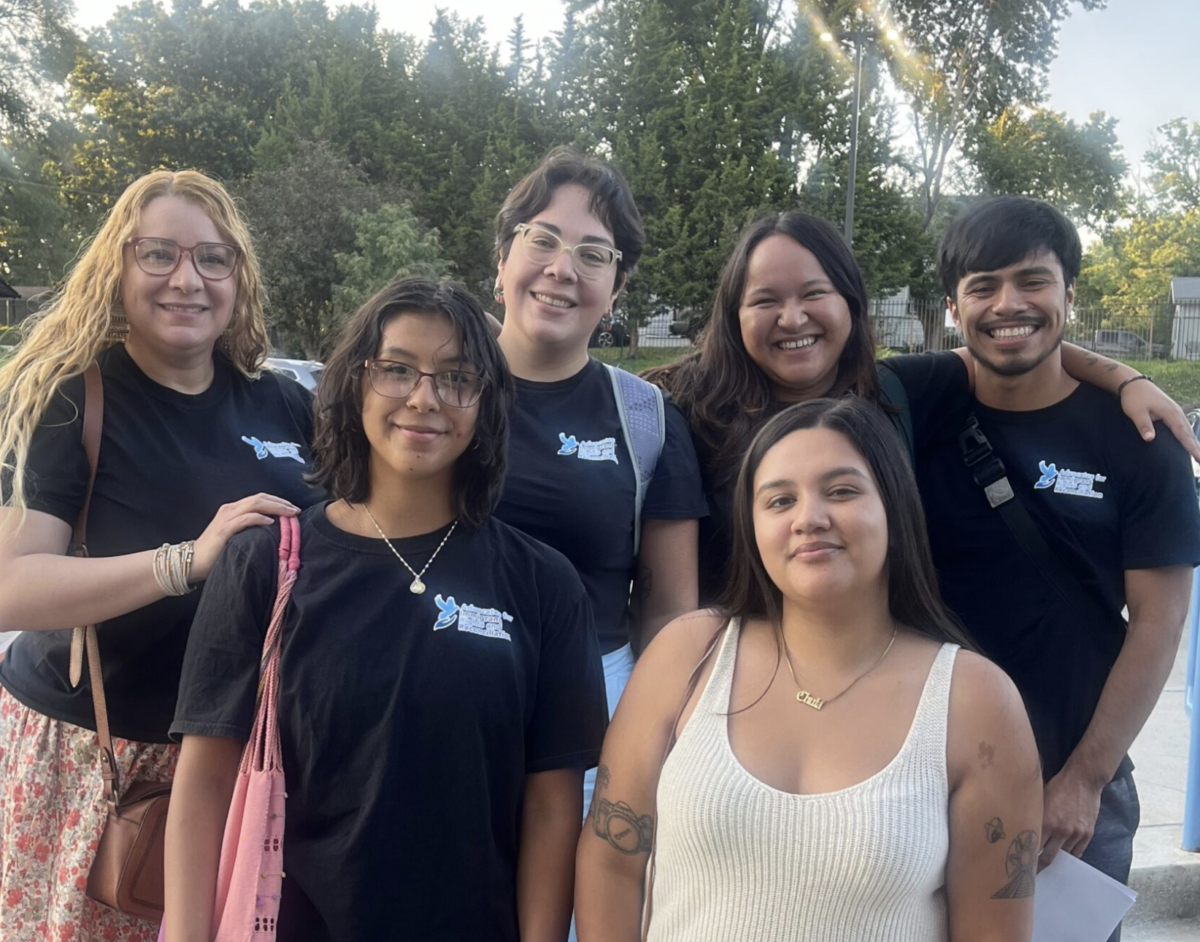Bryan Stalder
Contributor
Christmas is a Christian holiday celebrating the birth of Jesus Christ. In America, we have many Christmas traditions that are rooted in Christianity, and many more which are cultural or commercial. Northeast is a diverse community, and many of the folks who live here celebrate Christmas, but they bring their own cultural traditions with them. Here is how some of your neighbors may celebrate the holiday.
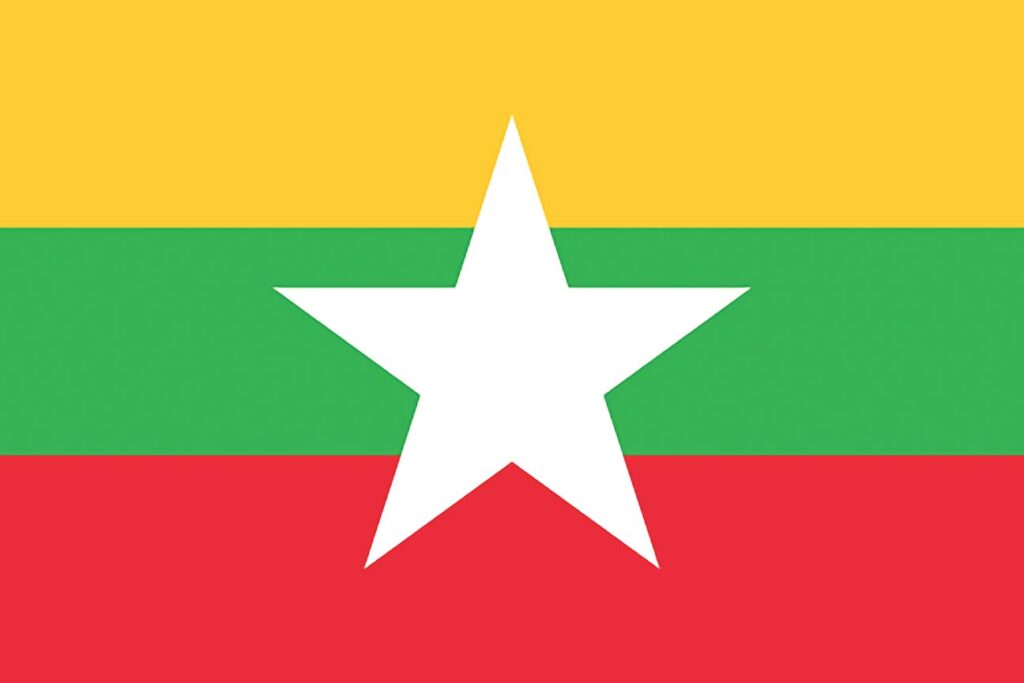
Myanmar
Myanmar is a large and diverse country. Most residents are Buddhist, but in the Chin State of Western Myanmar, as much as 70% of the population is Christian, so the Christmas season is a very big deal there. Hotels, restaurants and shopping centers across the entire nation of Myanmar feature Christmas decorations, and even non-Christians will attend Christmas parties. Christians sing carols and attend church. They exchange gifts, and it’s often a time when they receive new clothes and wear them to Christmas Services.
Sticky rice packed with banana leaves is a dish that is traditionally served for the holiday. Children will write down their wishes on paper and put it in their socks or keep it together with their socks before they go out, trusting that when they come back their wishes will come true. December in Myanmar is cool and foggy. Cherries and rhododendrons are in bloom, so the Christmas season is one of the most beautiful seasons of the year in Myanmar.
In Burmese, Merry Christmas is: “ပျော်ရွှင်သောခရစ္စမတ်ဖြစ်ပါစေ” and is pronounced “Pyawshwinsaw hkarahchcamaat hpyitparhcay,” which may be why most folks simply say “Merry Christmas!”
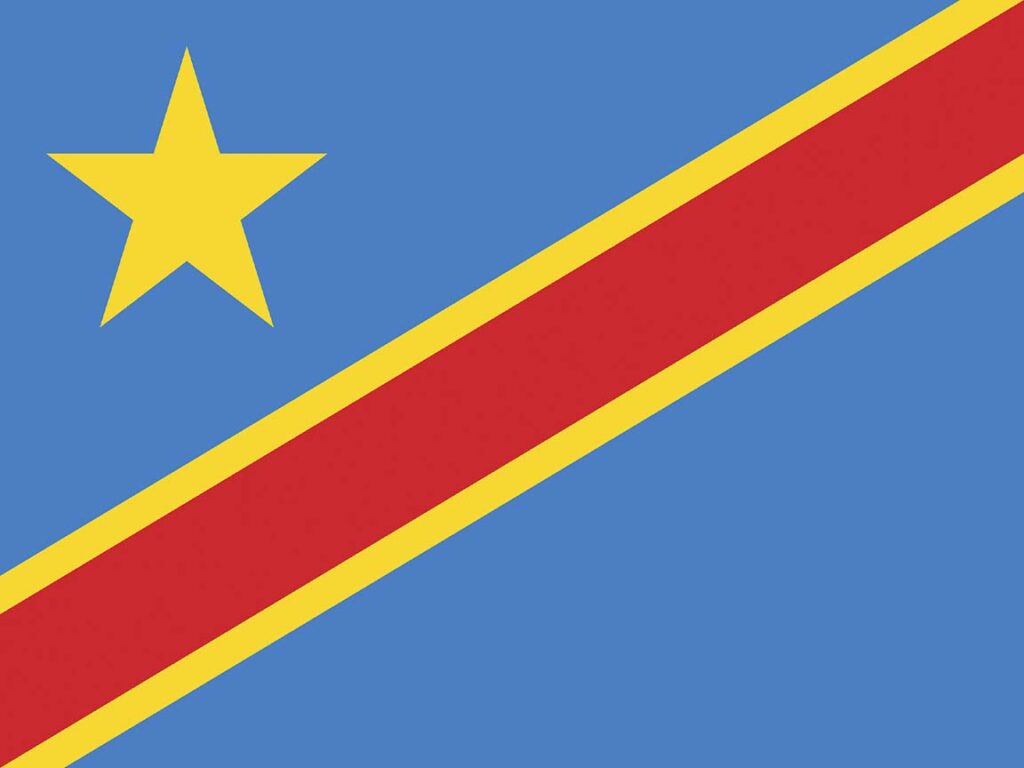
Democratic Republic of Congo
Merry Christmas is ‘Mbotama Malamu’ in the Lingala language, which is the primary language spoken in the Democratic Republic of the Congo.
Similar to Sudan, Christmas in the DRC is more of a religious festival rather than a commercialized holiday. Presents are not a large part of the DRC Christmas tradition.
Churches often host big musical performances, as many churches have multiple choirs. Their Christmas Even services will also generally be centered around a very long nativity play, which begins with Creation and the Garden of Eden and ends with the story of King Herod killing baby boys. The birth of Jesus is timed to happen as close to midnight as possible and after that come the shepherds, the wise men and the slaughter of the innocents. This means the play normally finishes about 1 a.m. However, in some places there will be further singing until dawn. The Christmas day service then starts at 9 a.m. with even more singing.
On Christmas day, most families try to enjoy a nice meal if they can afford it, which will include either chicken or pork. The rest of the day is spent quietly, maybe sleeping after a busy and late night on Christmas Eve!
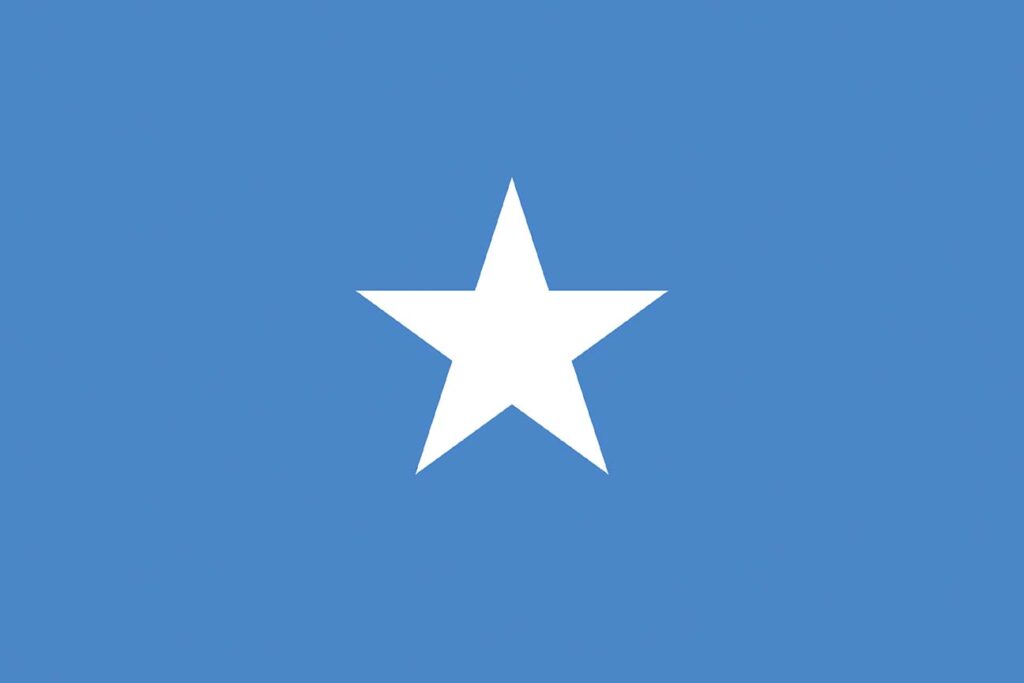
Somalia
‘Kirismas Wanaagsan’ means merry Christmas in Somali, but it is not a commonly used phrase, as Christmas is not widely celebrated in Somalia, which officially adopted Sharia in 2009. The nation is still recovering from years of civil war, but a growing number of Somalis who grew up in Western countries are returning home, and many of them are bringing Christmas customs with them.
Somalia’s government banned the celebration of Christmas in 2015, warning that such Christian festivities could threaten the nation’s Muslim faith. Foreigners are free to mark the Christian holiday in their own homes, but hotels and other public places have been prohibited from marking the day.
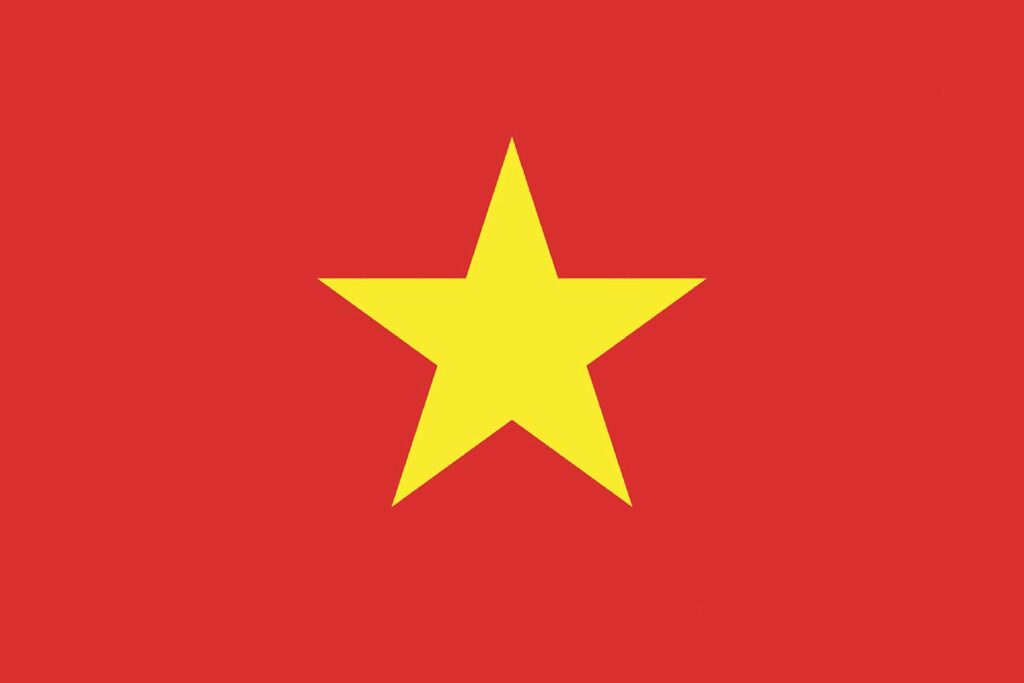
Vietnam
‘Chúc mừng Giáng Sinh’ means merry Christmas in Vietnamese. Vietnam was once part of the French empire, so many French traditions have influenced the culture of Christmas among the Vietnamese. Vietnam’s population is largely Buddhist, so the holiday is not officially recognized by the Vietnamese government, and many of those who celebrate are not focused on it as a religious event. You’ll see Christmas decorations lighting up some of the more densely populated cities in Vietnam, and you’ll hear carols in stores and markets. Department stores, hotels and streets are filled with decorations like lights, Christmas trees, candy canes, snowflakes and other popular imagery. Many stores in Vietnam have big sales events leading up to Christmas. Like most other countries, kids in Vietnam believe in Santa Claus and he’s known as ‘Ông già Noel,’ meaning Christmas old man.
“Noel hat mùa giáng sinh is the second biggest holiday in Vietnam besides Tết, as I remember,” said Spike Nuguyen, who grew up in Vietnam. Tết is the Lunar New Year, celebrated in January.
Approximately 8% of the Vietnamese population are Christians, and the Catholic churches in Vietnam set up a crèche, which is a nativity scene.
“My dad would always deck out the best scenery of where Jesus was born with Joseph, his mother Mary, the three kings, and all the little lamps,” Nguyen shared. “It felt very Christmas-y, even though we didn’t have a ‘white Christmas’ like in the Midwest. We never even imagined the snow. The temperatures during the holiday season were around 80 degrees.”
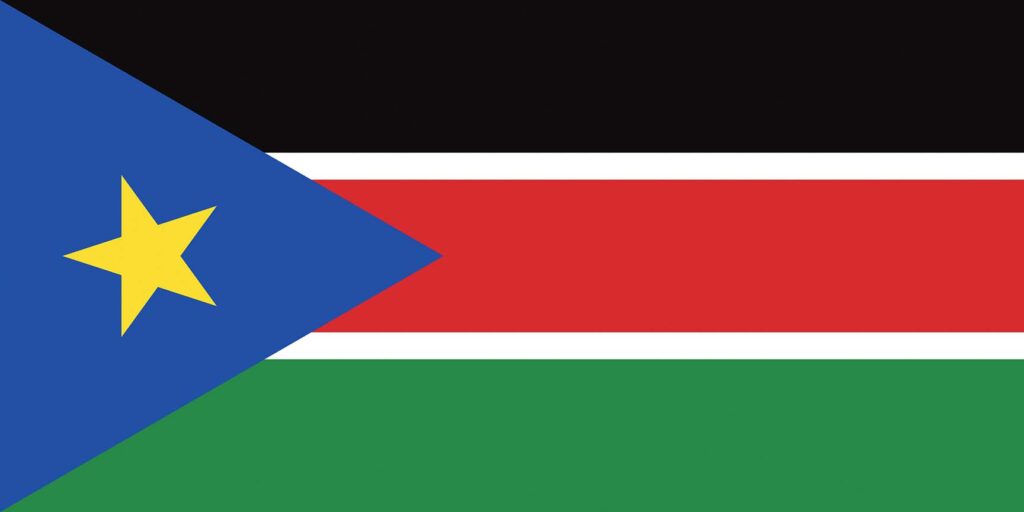
South Sudan
Christmas in South Sudan does not contain big gifts under a Christmas tree or houses covered in lights, but it is filled with laughter and dancing, and it is celebrated as a community. There aren’t really any stores to buy gifts or Christmas decorations, and the roads are made of dirt and filled with potholes, which makes traveling tedious and expensive. Buying gifts is also difficult because many people do not earn much and must make do with what they have.
The Sudanese have Christmas Eve celebrations, and they will often dress in their nicest clothing to attend Christmas mass the following morning. Children sing Christmas songs in church performances. Nativity scenes generally resemble houses in Sudanese villages, with thatched roof huts. On special holidays like Christmas, the Sudanese may simply appreciate the opportunity to indulge in meat for dinner and a few pieces of candy. The official language of South Sudan is English, so most people say “Merry Christmas!” although other languages are spoken, including Dinka.
“‘Bi door e dhien e banyda rear ke week eben ayenakaan’ is how to say ‘merry Christmas’ in the Dinka language,” said Rol Deng, a refugee from South Sudan.
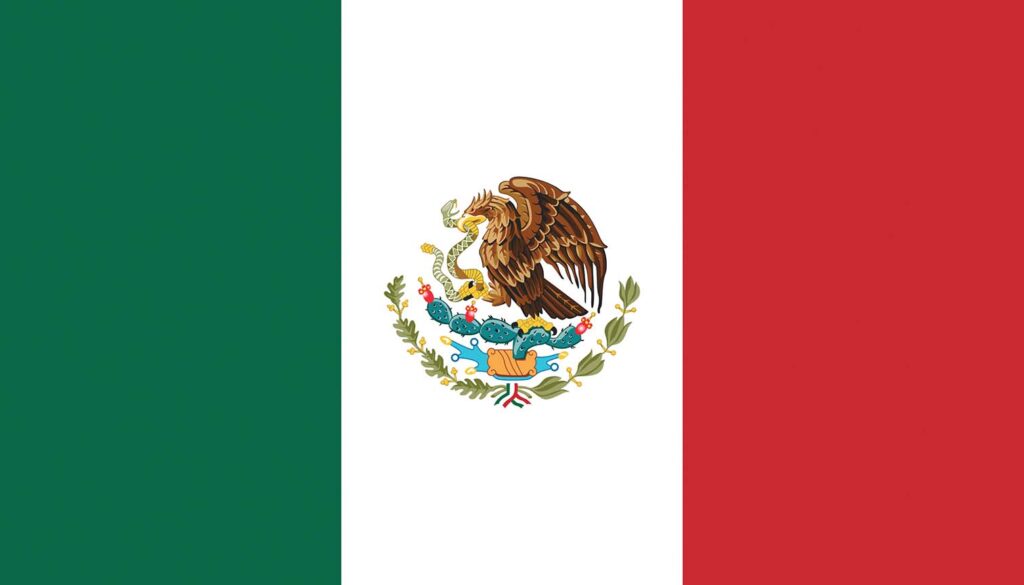
Mexico
“¡Feliz Navidad!” is how folks who speak Spanish wish one another a merry Christmas. Around 80% of Mexicans identify as Catholic, so Christmas in Mexico is a widely celebrated holiday. The official beginning of Mexico’s Christmas celebration is December 12, known as the Day of Our Lady of Guadalupe. This day is celebrated with prayer, singing, an evening church service and a feast.
‘La Posada’ is a Christmas celebration in Mexico and neighboring Latin American countries. It takes place between December 16 and December 24. A posada is an inn or a lodge, so the La Posada tradition represents Mary and Joseph searching for shelter in the biblical Christmas story. During the evening, children carry candles as they walk around to houses, singing and asking for shelter.
December 24 is ‘Noche Buena,’ or the good night, and the evening is celebrated with a huge feast, drinks, music, piñatas and fireworks. Pozole is a soup made with hominy, chicken or pork, and chiles. Pozole is a main feature of the traditional Mexican Christmas feast, which may also include roast turkey, roast pork, tamales, and salt cod. Rompope is an alcoholic drink similar to eggnog that is consumed around the Christmas holiday season.
At midnight on Christmas Eve, many families go to a mass, known as the ‘Misa de Gallo,’ or Mass of the Rooster. Afterwards, there are even more fireworks to celebrate Christmas Day.
Mexicans also celebrate ‘Los Santos Inocentes,’ or Day of Innocent Saints, on December 28. This day honors the babies King Herod ordered to be killed in his attempts to kill baby Jesus.
“My family is from Chihuahua, so some of our traditions were very similar to America, but my husband’s family is from southern Mexico and they did some things differently,” said Citlali Rivera, a Mexican immigrant.
Some children in Mexico receive presents on Christmas Eve, but in certain parts of Mexico, particularly in the southern states, it’s common to receive presents on January 6, which is the Epiphany, or ‘Dia de los Reyes.’ Epiphany is a celebration of the Three Wise Men. On Epiphany, some Mexicans may eat a special donut-shaped cake called ‘Rosca de Reyes,’ or Three Kings Cake, which is topped with nuts, fruits, and powdered sugar. It’s similar to the Mardi Gras King Cake, and traditionally has a little plastic baby Jesus – or a fava bean – in the middle.
“If you get the baby, then you have good luck for the year, and then you host a party in February,” Rivera explained.
Nacimientos are one of the most popular Christmas decorations in Mexico. Therefore, they are often very large and colorful. Some families do not put up Christmas trees at all, but put up Nacimientos instead. Poinsettias are native to Mexico, which makes them an extremely popular Christmas decoration in Latin America.
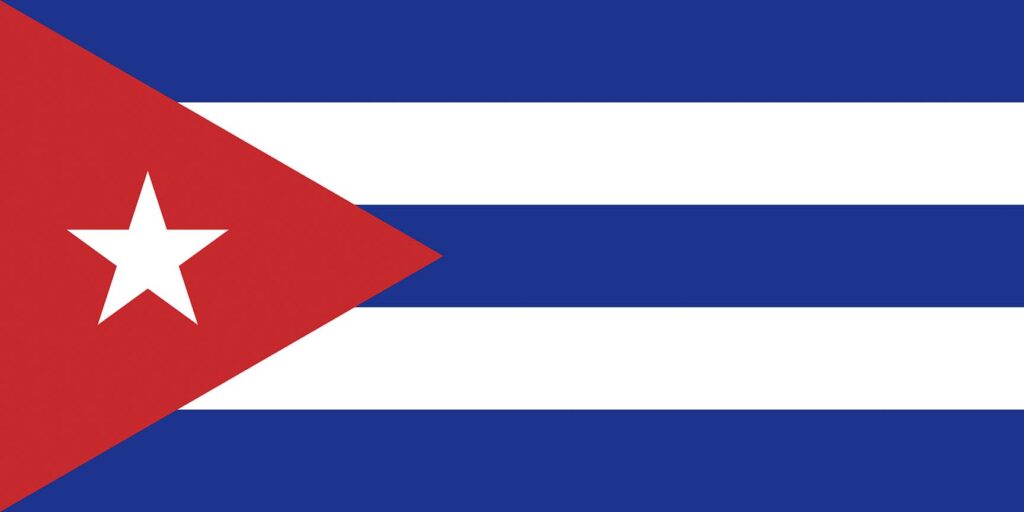
Cuba
Fidel Castro banned Christmas celebrations in Cuba from 1969 until 1998 to restrict religious influence among Cubans. He reintroduced Christmas in 1998 in honor of the Pope visiting the country. During the time it was banned, some people still celebrated Christmas, but in a very private way. Now Christmas celebrations are much more widespread.
“I remember before 1998, we used to get a small branch, wrap it in cotton, and decorate matchboxes to hang from it,” said Gresia Cabrera, a Cuban American.
Christmas Eve is called ‘Nochebuena,’ which means the Good Night, and it’s when families have their main meal and celebration together.
The traditional main dish is roast pork – some families like to roast a whole pig – served with fried plantains, rice and vegetables. Dessert is often rice pudding or sweet potato pudding.
Now that Christmas celebrations are legal again, more and more Cubans are attending midnight mass after their Nochebuena meal.
In the town of Remedios there is a very big fiesta and parade on Christmas Eve called ‘Las Parrandas.’ One story says that in the 1820s, the priest in the town thought that people might go to sleep after their meal and not go to midnight mass, so he got some children to make a lot of noise to keep people awake.
Now Las Parrandas in Remedios is a very loud parade and party with different neighborhoods in the town trying to outdo each other with their costumes and music. The festivities start at 10 p.m. when the church bells ring. At midnight there are lots of fireworks and more partying.
Epiphany is also celebrated in Cuba. Before Christmas was banned, it was very popular and was when people exchanged presents. Children hope that the Three Kings will bring them presents at Epiphany. Santa Claus is not as widely celebrated in Latin American cultures. “The more traditionally Catholic families encouraged the children in the family to leave grass and water out for the three wise men’s camels,” Cabrera explained.
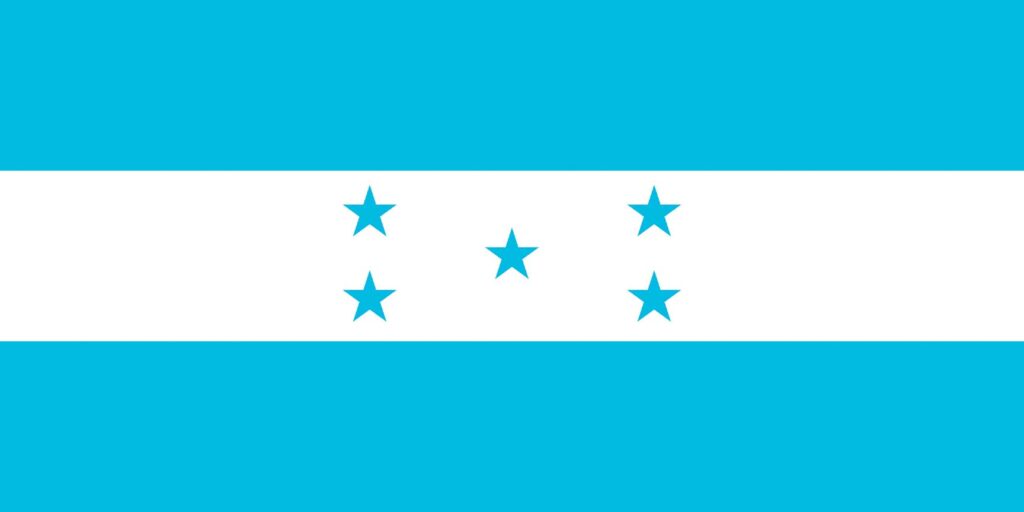
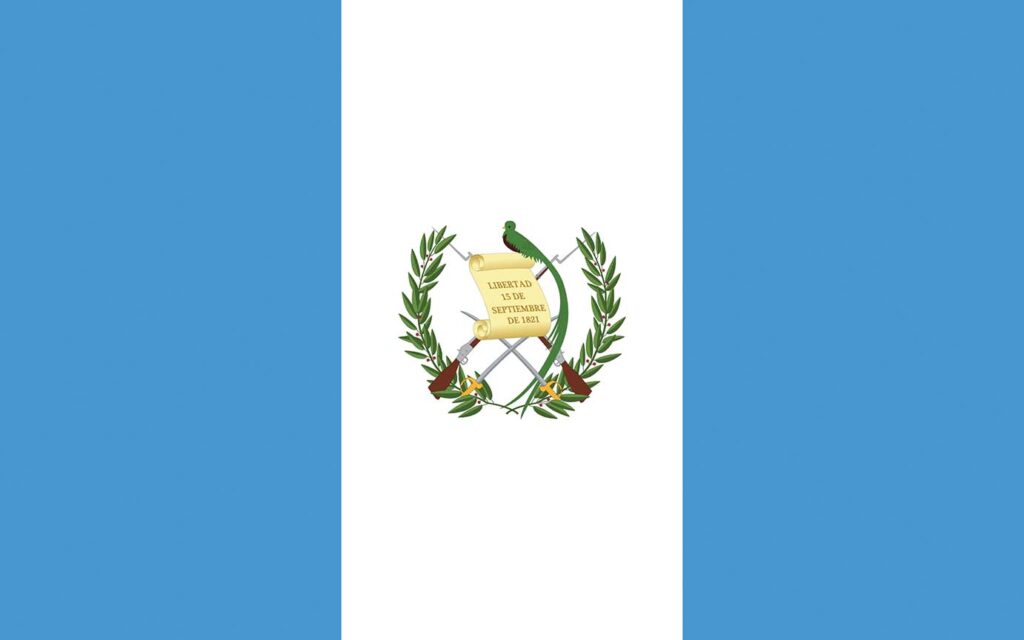
Central America
Christmas in Central America is very similar to the Mexican tradition. During Advent, some Hondurans will fast. Many churches in Honduras have Christmas performances called ‘pastorelas, or shepherds, which tell the story of the shepherds traveling to visit baby Jesus in Bethlehem.
On the evening of December 7, many Guatemalans celebrate ‘La Quema del Diablo, or the burning of the devil, where an effigy of Satan is burned. December 8 is the Feast of the Immaculate Conception, a holy day for Catholics, and burning the devil before that is meant to be a way of getting bad things out of the way ready for the new year. The tradition dates back to when Guatemala was a Spanish colony.
Many Guatemalans build a Nativity scene called a ‘Nacimiento’ or ‘Belen’ with their entire family. Although it is originally a Spanish tradition, many indigenous Guatemalan elements are now used in the design and construction of the Nativity scenes. The Nacimiento is normally put under the Christmas tree. One unique characteristic of Guatemalan Nativity scenes is the use of sawdust dyed in bright colors.
For many people in Honduras, the new year officially starts with the striking of the bells on the clock at the Cathedral in Comayagua, the former capital of Honduras. The clock dates back to the 12th Century and is the oldest clock west of the Atlantic. The ringing of the clock is broadcast on television and radio.


